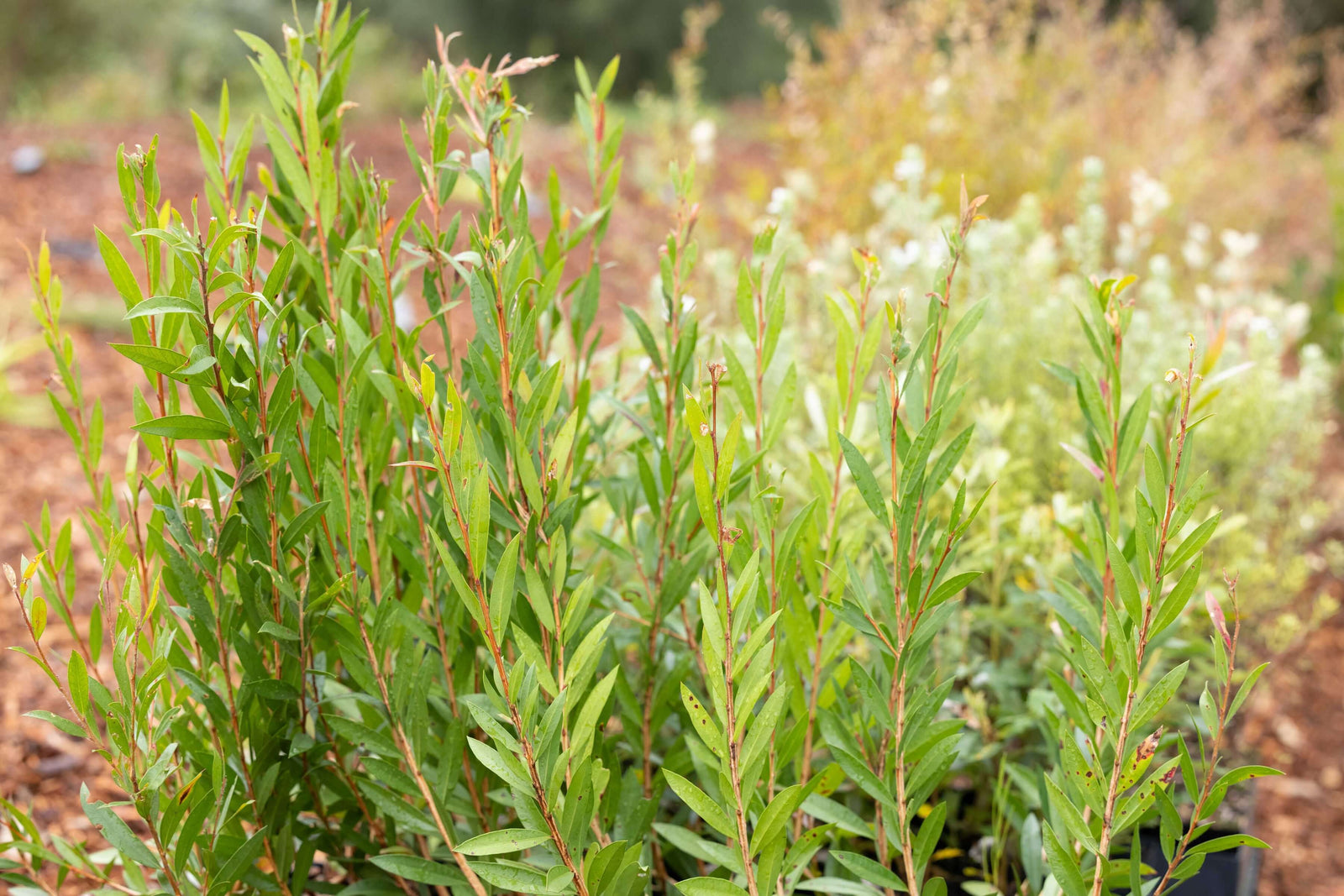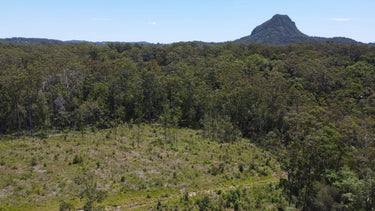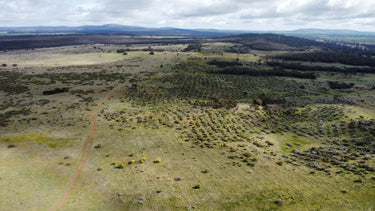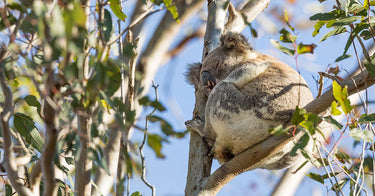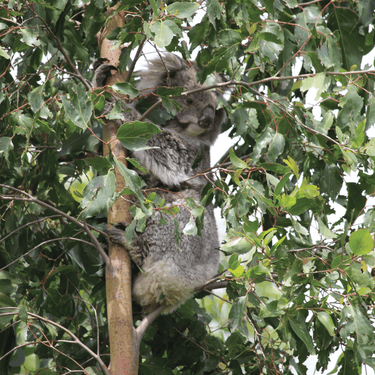Wildlife Conservation Finance: Investing in People and Planet
Greenfleet plants and protects biodiverse forests that provide vital habitat for Australian wildlife. By protecting these growing forests with an on-title legal agreement for up to 100 years, we are ensuring long-term, sustainable environments for our unique animals.
World Wildlife Day is on March 3rd, creating an opportunity for us to celebrate the exciting wildlife outcomes we see because of our native reforestation projects. From finding Victoria’s unique koalas in our Strzelecki Nature Link, to providing habitat for some of our most recognisable native birds, Greenfleet’s forests are supporting Australia’s iconic wildlife in many ways.
What Is World Wildlife Day?
World Wildlife Day acknowledges the importance of supporting the native animals and the vital role they play in maintaining the Earth’s biodiversity. Countries around the world are encouraged to protect their native wildlife through conservation efforts for animal habitat.
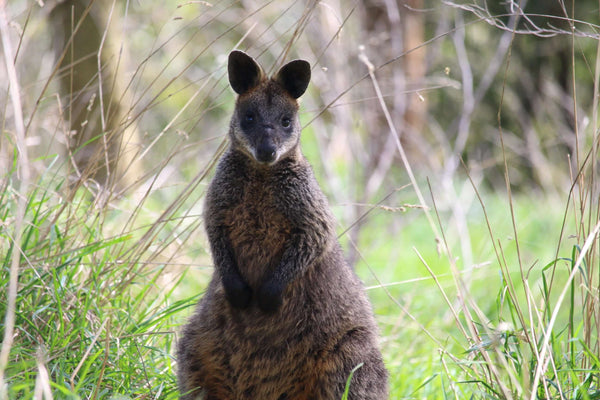
Greenfleet’s Habitat Restoration & World Wildlife Day
Greenfleet protects Australia’s iconic and unique wildlife by restoring legally protected, native forests. Our forests create native wildlife habitat that is legally protected for up to 100 years, safeguarding their home for future generations.
Greenfleet is an environmental charity, protecting our climate by restoring our forests. We plant native biodiverse forests in Australia and New Zealand that are legally protected and grow to provide habitat for many species of wildlife, including those that are classified as endangered.
Since 1997, Greenfleet has planted more than 11.2 million native trees across over 550 forests that is protected with an on title agreement for up to 100 years. By legally protecting the forests we create, we are ensuring long-term and sustainable habitat can be provided to wildlife.
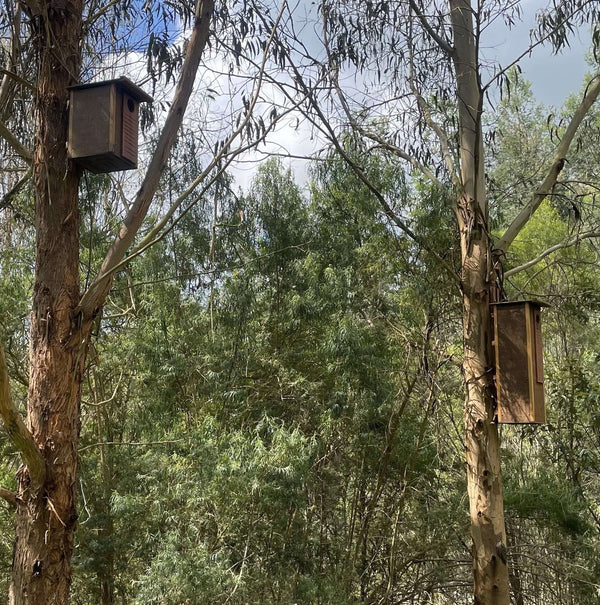
Restoring Koala Habitat With Greenfleet
Our reforestation projects in 2024 included the restoration of 460 hectares of new koala habitat, that is legally protected through the rest of this century.
Greenfleet plants locally native species that will benefit the region’s wildlife. For example, in NSW and Queensland blue gum (Eucalyptus tereticornis) is a preferred food source for koalas and our team utilise this tree species where it is ecologically appropriate. Blue gum is a preferred food source for koalas, insects and birds. It grows up to 50 metres tall, making them an important addition to projects growing koala habitat.
Planting native trees like this is pivotal, with koalas being endangered in Queensland, NSW and the ACT.
Learn more about Greenfleet’s work restoring koala habitat here.
Greenfleet’s Wildlife Habitat Restoration
-
![]()
Spanning two sites located on Kabi Kabi Country in Queensland, Yurol and Ringtail make up around 900 hectares of land that Greenfleet is restoring to legally protected native forest in the Noosa Hinterland. This project is creating vital habitat for koalas and greater gliders which are both listed as endangered in Queensland.
-
![]()
Ngulambarra is located on Dja Dja Wurrung Country in central Victoria. This forest forms part of the Wychitella Biolink, connecting conservation properties at Ngarri-Mt Egbert in the east and the Lawan Reserve to the west. The habitat will help local wildlife find homes, food and breeding opportunities. Species that will benefit from this work include birdlife such as the shy heathwren and inland thornbill, and the endangered swift parrot.
-
![]()
We are improving connectivity of existing koala populations on the floodplain of the Wilson River at Greentrees in Northern NSW. Koalas were spotted in trees planted only two years ago at this location which is on Bundjalung Country. More than 20 different locally native species were chosen for this project which also attracts nectar-feeding birds and native bats.
-
![]()
Located on Boonwurrung Country, the Strzelecki Nature Link is made up of four Greenfleet owned properties in South Gippsland. By planting locally native tree species, the establishment of the Strzelecki Nature Link will deliver climate action by removing carbon and ensure safe passage for wildlife. Recently 48 nesting boxes were installed, creating instant homes for birds and small marsupials who breed in the forest. These boxes mimic tree hollows, which can take decades to form in established trees.
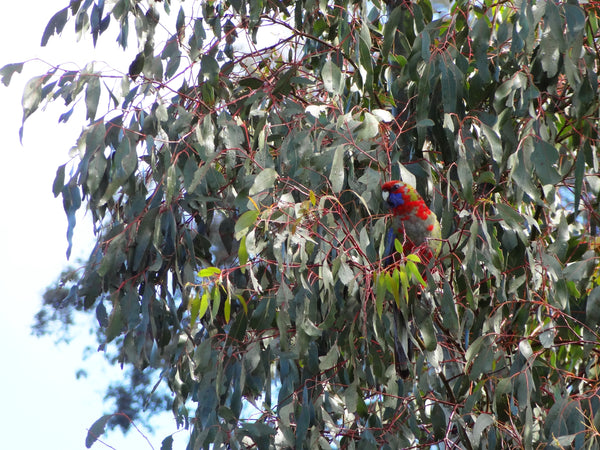
2025 World Wildlife Day Theme
This year the World Wildlife Day theme is Wildlife Conservation Finance: Investing in People and Planet.
Greenfleet is committed to working with our supporters to restore wildlife habitat. Our focus is to ensure that Greenfleet's funding is effective and will build a resilient future for our forests and the communities we engage with.
With ongoing commitment from our thousands of dedicated individuals and organisations, Greenfleet can continue to grow biodiverse forests to provide a sustainable future for our precious wildlife.
Find out more about growing native forests to support wildlife with Greenfleet here.
Together, we can grow our forests and grow hope for wildlife.


